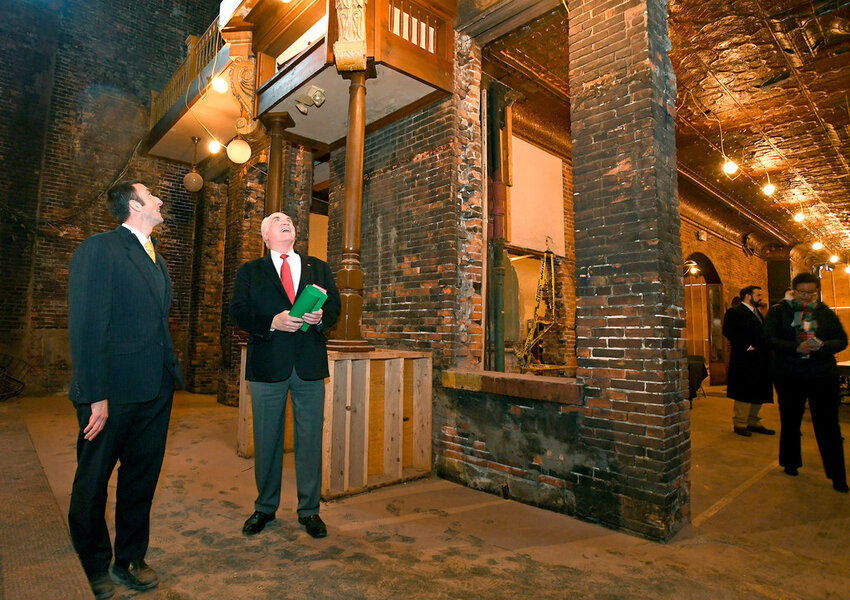For America’s poorest communities, opportunity knocks
Loading...
Across the United States, at least 1 in 10 people live in low-income, distressed communities. Most have been hit by shifts in global trade, technology, or government priorities. Despite a decade of economic growth since the Great Recession, these places have been left behind, forcing many residents to commute long distances to earn a decent wage.
This week, however, the Treasury Department issued key regulations under a 2017 tax law aimed at using long-term tax breaks to attract private investment into neglected areas. The main idea: Build up each place with new businesses to reinforce the inclusive ties that already define these communities and to allow residents to stay put.
The proposed regulations tell potential investors what kind of businesses or real estate developments will be allowed in so-called opportunity zones to qualify for generous tax benefits. A business can qualify if more than half of their employee wages are paid in the zone or if half of their revenue is earned there. The big catch to qualify: An investment must last for 10 years to get the tax breaks.
So far, at least 8,700 communities, both urban and rural, have been selected as federal opportunity zones. The program has strong bipartisan support as well as intense interest in most states. The nonprofit Economic Innovation Group, which put forth this novel idea to Congress, estimates that as much as $6.1 trillion could be invested by individuals and corporations in everything from tech startups to mom-and-pop bakeries to luxury hotels and condos.
The idea of using tax breaks to draw investment in poor neighborhoods is not new, but the program’s real strength lies in its requirement for long-term patient capital and its goal of reducing geographic inequality across the U.S. In a new book, “The Third Pillar: How Markets and the State Leave the Community Behind,” economist Raghuram Rajan argues that communities have as much value as free markets and government policy. They are the “third pillar” and notably for the “warmth” of their relationships and the noncontractual support and inspiration that individuals provide each other. By their nature, communities are inclusive. It is both government and markets that must tap into that moral network, starting with the poorest communities.
Many Americans hardly noticed the individual tax breaks in the 2017 tax overhaul. For struggling communities in need of jobs, however, the tax breaks for opportunity zones will probably be hard to miss. With regulations in place, investors are eager to build up what has been left behind.







